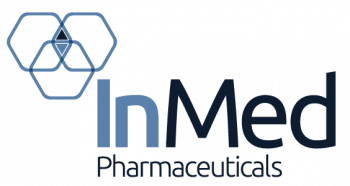In this Fierce Biotech article, we learn about how the preclinical results of INM-901 indicate that this drug candidate may address multiple pathologies related to Alzheimer’s disease.
Excerpt:
InMed Pharmaceuticals (Nasdaq:INM) recently released preclinical data indicating its proprietary, small molecule compound, INM-901, targets multiple biological pathways associated with Alzheimer’s disease. Among the most interesting data from these studies was the ability of its compound to extend the length of neurites, which may indicate enhanced neuronal functioning in the brain and the potential to reverse the damage caused by Alzheimer’s disease. The company was encouraged with these breakthrough preclinical results and will be advancing the development of the INM-901 Alzheimer’s disease program.
INM-901 May Address Multiple Pathologies Related to Alzheimer’s Disease
InMed’s in vitro and in vivo studies demonstrated encouraging effects in a well-characterized Alzheimer’s disease preclinical model. In this study, InMed’s INM-901 demonstrated neuroprotective effects by reducing cell death in an amyloid-beta-induced cytotoxicity study and demonstrated an ability to promote the growth and extension of neurites (neuritogenesis), an essential component of cell-to-cell communication. INM-901 also demonstrated reduced neuroinflammation and showed improvement in behavior, cognitive function and memory in in vivo studies.
These promising early data of INM-901 represent the potential for disease-modifying effects as well as the potential to reverse neuronal damage associated with Alzheimer’s disease. InMed’s Senior VP of Preclinical Research and Development, Dr. Eric Hsu, is encouraged by the results indicating INM-901 may target multiple pathologies. “There continues to be a major unmet medical need for this multi-factorial disease and differentiated therapeutic mechanisms may play an important role. We believe the development of INM-901 may address several pathological factors including neuroinflammation, neuroprotection and neuritogenesis.”
Full article here in Fierce Biotech.








